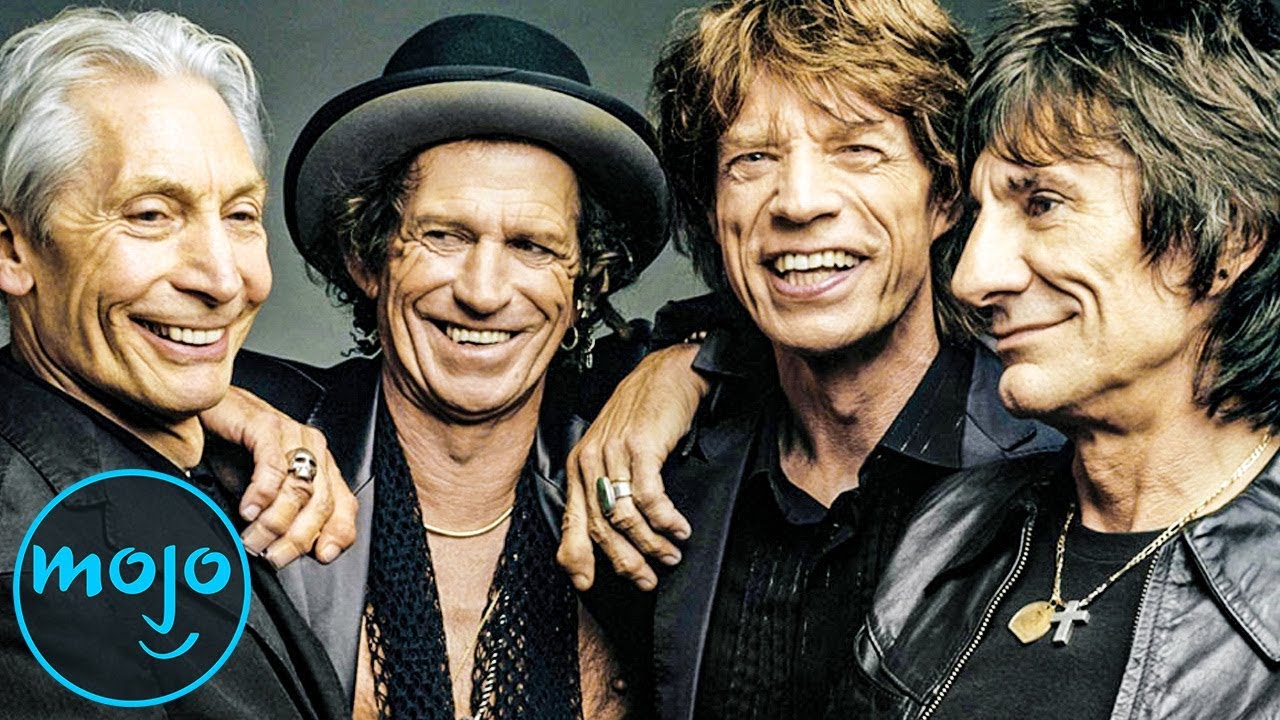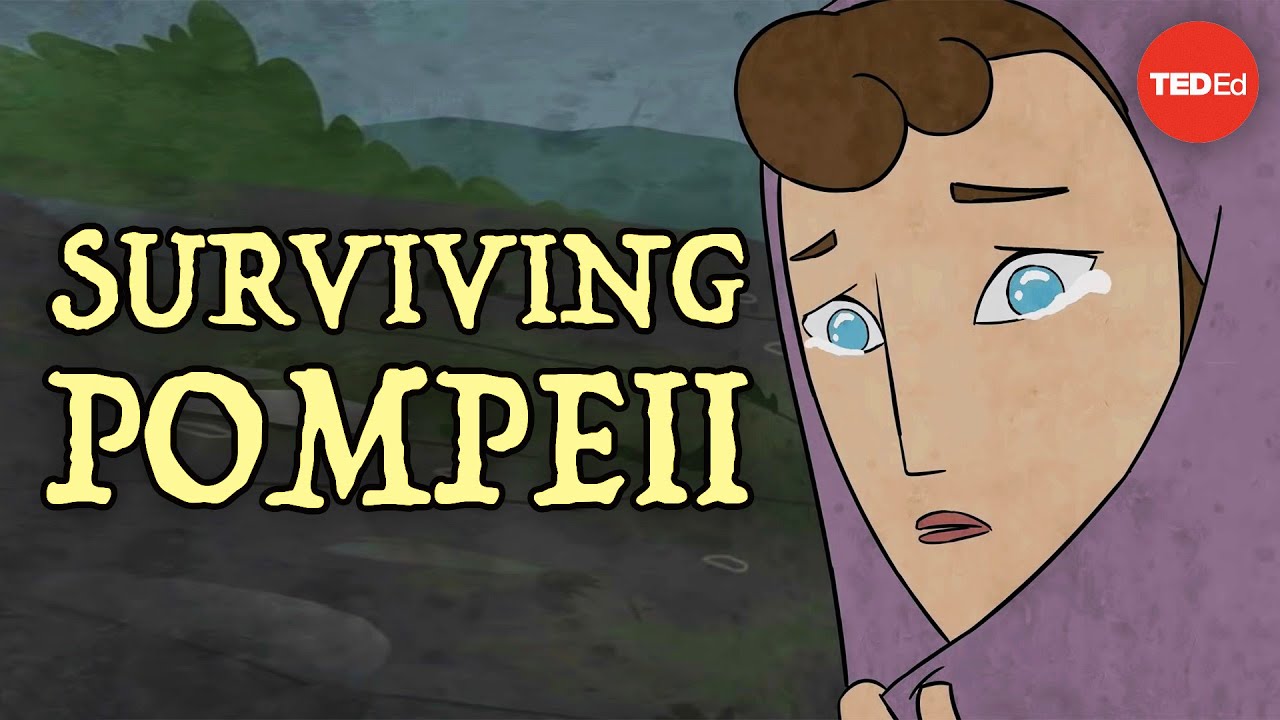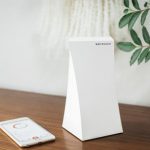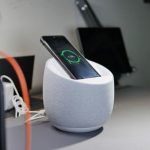Behold the 1940s Typewriter That Could Type in English, Chinese & Japanese: Watch More Than a Thousand Different Characters in Action
There was a time, not long after the widespread adoption of telegraphy in the 19th century, when the written Chinese language looked doomed. Or at least it did to certain thinkers considering the implications of that instant global communication-enabling technology having been developed for the relatively simple Latin alphabet. And as unsuited as the Chinese writing system must have seemed to the world of the telegraph, it would have presented a seemingly even heavier burden in the world of the typewriter.
Only in 1916, thanks to the efforts of a U.S.-educated Shanghai engineer named Hou-Kun Chow, did the Chinese typewriter debut, built around a large, revolving cylinder that could print 4,000 ideographic (that is to say, each one representing a different word or sound) characters. From that point the evolution of the Chinese typewriter was rather quick, by the standards of the day. And it didn’t only happen in China: Japan, whose own written language incorporates many ideographic Chinese characters, had been subject to more intense technological influence from the West since opening to foreign trade in the 1860s.
The very year after its founding in 1939, electronics-giant-to-be Toshiba (the product of a merger involving Japan’s first maker of telegraph equipment) produced the first Japanese cylindrical typewriter. “Mostly used by the Japanese military during World War II,” says the Vintage Typewriter Museum, it incorporated 630 characters. After the war “Toshiba introduced a new model, the 1200 A, featuring 1172 Japanese and Chinese characters.” In the video above, from Youtuber by the name of Typewriter Collector, you can see a slightly later model in action.
Produced before the introduction of “Western-style” keyboards, the Toshiba BW-2112 has the same interface as its predecessors: “The character is selected by rotating the cylinder and shifting it horizontally, so that the necessary character is selected with the index pointer,” according to the Vintage Typewriter Museum. “When the print key is depressed, the type strip is pushed upwards from the cylinder, and the type hammer swings to the center to print the character onto the paper.”
These vintage Japanese typewriters still today strike their viewers as marvels of engineering, though their then-vast store of characters (which included not just Chinese-derived kanji but phonetic kana and even the Latin alphabet) have long since been surpassed by digital technology. Now that every student’s smartphone puts all 50,000 or extant Chinese characters in their command — to say nothing of the world’s other written languages — it’s safe to say they’re not about to fall into disuse any time soon.
Related content:
The Enduring Analog Underworld of Gramercy Typewriter
Discover Friedrich Nietzsche’s Curious Typewriter, the “Malling-Hansen Writing Ball” (Circa 1881)
When IBM Created a Typewriter to Record Dance Movements (1973)
Based in Seoul, Colin Marshall writes and broadcasts on cities, language, and culture. His projects include the Substack newsletter Books on Cities, the book The Stateless City: a Walk through 21st-Century Los Angeles and the video series The City in Cinema. Follow him on Twitter at @colinmarshall or on Facebook.
Behold the 1940s Typewriter That Could Type in English, Chinese & Japanese: Watch More Than a Thousand Different Characters in Action is a post from: Open Culture. Follow us on Facebook and Twitter, or get our Daily Email. And don’t miss our big collections of Free Online Courses, Free Online Movies, Free eBooks, Free Audio Books, Free Foreign Language Lessons, and MOOCs.
, There was a time, not long after the widespread adoption of telegraphy in the 19th century, when the written Chinese language looked doomed. Or at least it did to certain thinkers considering the implications of that instant global communication-enabling technology having been developed for the relatively simple Latin alphabet. And as unsuited as the Chinese
Behold the 1940s Typewriter That Could Type in English, Chinese & Japanese: Watch More Than a Thousand Different Characters in Action is a post from: Open Culture. Follow us on Facebook and Twitter, or get our Daily Email. And don’t miss our big collections of Free Online Courses, Free Online Movies, Free eBooks, Free Audio Books, Free Foreign Language Lessons, and MOOCs.












